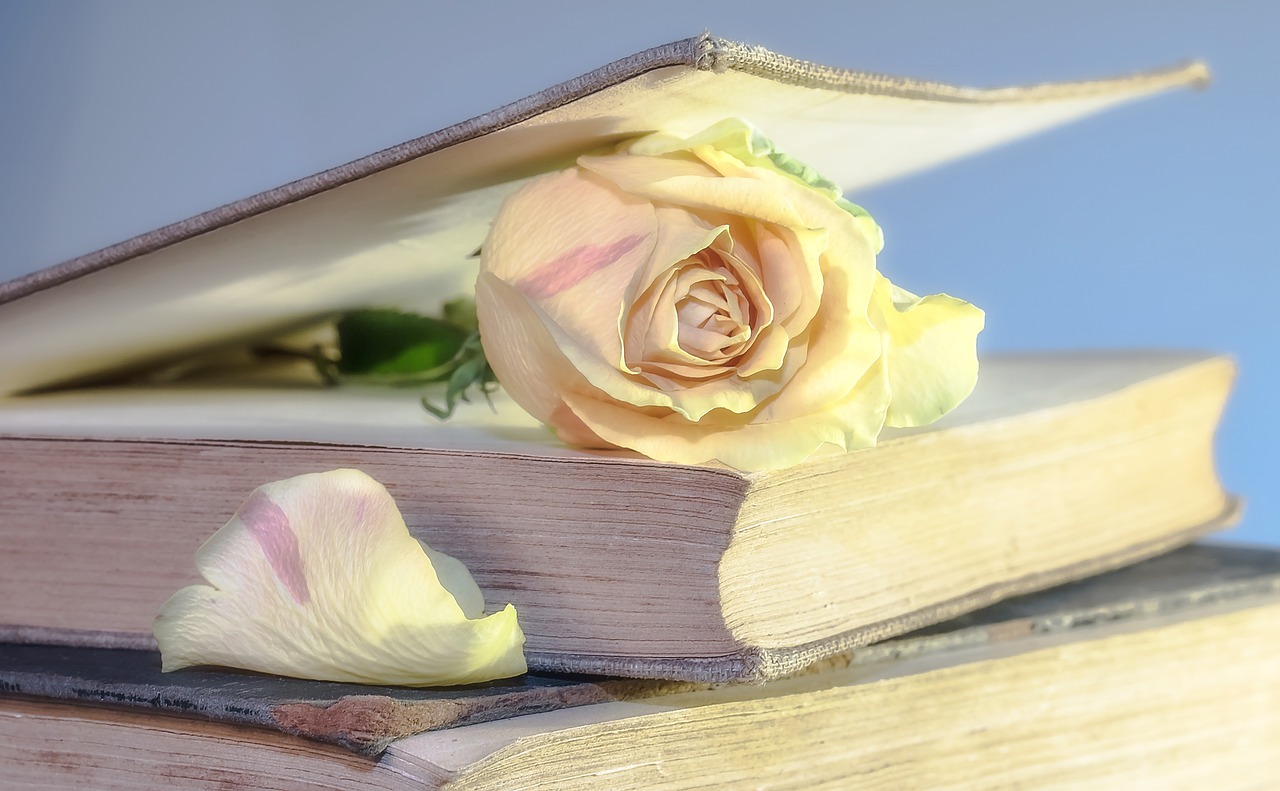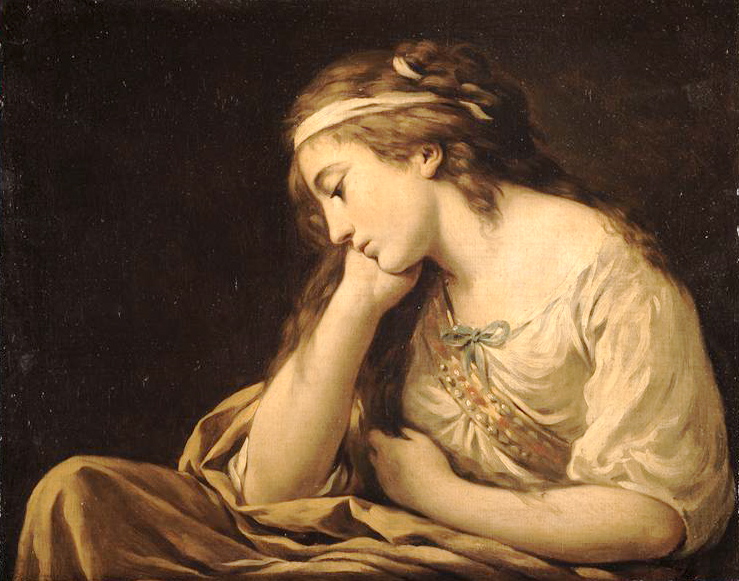Poems from Charles Baudelaires Collection of Poetry Les Fleurs du mal/2
Les Fleurs du mal, Charles Baudelaire’s famous collection of poems, is usually translated as „The Flowers of Evil“. However, the meaning of „le mal“ is far more complex – Baudelaire’s poetic flowers do not exclusively arise from „evil“.
The Cliché of the „Poet of Evil“
Baudelaire’s epochal volume of poetry Les Fleurs du mal is commonly translated as The Flowers of Evil. Such a translation is justified insofar as Baudelaire himself explicitly regarded the category of evil as a central driving force of human action. Some of the poems in the Fleurs du mal are indeed clearly influenced by this view of human nature.
On the other hand, the Fleurs du mal only represent a sub-cycle within the entire collection of poems of the same name. In addition, there are other sub-cycles whose titles (including „The Wine“ or „Parisian Pictures“) indicate a more complex conception of the collection of poems.
The limitation to the aspect of evil therefore entails the danger of following clichés that were already spread by Baudelaire’s critics during his lifetime – which was one of the reasons why some of his poems were temporarily banned. The poet himself was considered „evil“ or at least wicked, because he dared to depict the flipside of bourgeois society in his poetry, i.e. that which was „evil“ from its perspective: the beggars, the whores, the good-for-nothing drifters, the sick, the drunkards and the enthusiasts of other drugs, but also ageing and death.
Ambiguity of „le mal“
It is therefore worth recalling that the meaning of „le mal“ is by no means limited to „evil“. In numerous expressions, the term also refers to pain, sorrow and physical discomfort. For example, „le mal du pays“ points to homesickness, and those who have „mal au cœur“ are not necessarily suffering from heart pain, but possibly just from nausea. This makes the image of the Fleurs du mal more colourful than it appears in the usual translation as „Flowers of Evil“.
In many of the poems in Les Fleurs du mal, „le mal“ is more an image for a bad mood than for an evil character. The best proof of this is the fact that there are no less than four poems in the poetry collection with the title „Spleen“ (in the sense of a „gloomy mood“). The fourth of these is presented below. The poem was set to music by the famous chansonnier Léo Ferré on his double album „Léo Ferré chante Baudelaire“ from 1967.
Spleen (Melancholy)
When, like a coffin lid, the sky
weighs down on the earth, chaining the mind
to the eternal night that stretches out
from horizon to horizon;
when hope, like a captured bat,
beats against the dungeon walls
of its world, and eerily its flapping wings
echo through the tomb of the earth;
when the rain, shaking its sallow wings,
encloses every path with barren bars,
and melancholy spins insidiously
its midnight thoughts around our hearts –
then the bells with angry, groaning sound,
like forsaken souls, wandering homeless
through heaven and earth,
cry out their speechless prayer into space.
And silently long hearses creep
around the skeleton of my soul. Hope is buried
under broken wings. Victoriously
fear thrusts its flag into my heart.
Charles Baudelaire: Spleen from: Les Fleurs du mal (The Flowers of Evil; 1857), p. 202. Paris 1868
(Œuvres complètes / Complete works, vol. 1)
Musical setting:
Léo Ferré: Spleen (from the double album Léo Ferré chante Baudelaire; 1967)
Image: Louis-Jean-François Lagrenée (1724 – 1805): Melancholy (1785); Paris, Musée du Louvre (Wikimedia Commons)


Hinterlasse einen Kommentar